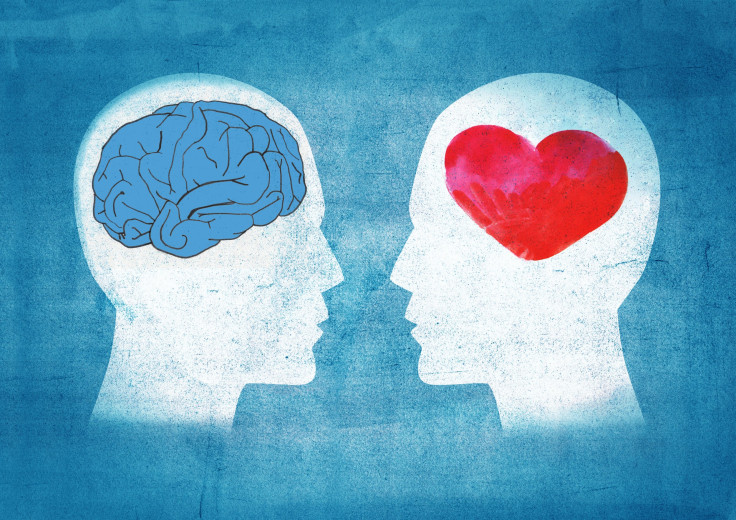The Science Of First Impressions: Emotions Influence Social Parts Of The Brain To Work Differently

Do you remember the first time you met your best friend, or saw the love of your life? A new study, published in the journal ELife, pulls the veil back on the brain to demonstrate how we process those initial encounters into memories. Researchers from the University of Haifa in Israel examined the emotional impact of the first impression, revealing it to be a key player in creating memories.
“It turns out that different emotions cause the brain to work differently and on distinct frequencies,” said the study’s lead author Dr. Shlomo Wagner, a neuroscientist at U-Haifa, in a press release. “We found a connection between the feeling of excitement, rhythmical activity in specific brain areas, and the cognitive process of memory formation. In essence, this finding explains why people tend to remember in particular their first encounter with a future friend or partner.”
In the first stage of the experiment, Wagner and his research team studied rats and traced the areas of the brain that lit up as they socialized with other rats. While rats' brains lit up with excitement when they encountered other rats for the first, researchers were surprised to see the memory-forming part of their brain lit up simultaneously. When the rats met for a second time, the brain activity in the two areas declined.
Comparing the two different encounters, researchers found the brain initially worked “intensely” under a unique communication system in order to coordinate the two areas of the brain. But as the animals got to know each other better, the brain’s emotional connectivity weakened. It turns out the carefully calibrated synchronized system of electrical signals is dictated by those first emotions.
The rat stranger elicited high levels of excitement in the rat’s brain, ultimately facilitating the formation of social memory. But to test their emotions, researchers frightened the rats with other rats, and saw that the brain worked under a different communication system.
When a negative emotion like fear is the initial reaction instead of excitement, the brain turns on different electrical signals synchronized with memory formation. It scientifically validates the idea you never get a second chance to make a first impression. "It seems that when the emotion is social and positive, the brain tells the different areas to work according to one communication protocol," Wagner said.
Earlier this year, a team of researchers at New York University’s psychology department discovered the brain’s ability to retrieve memories was improved when associated with emotions. They also found different regions in the brain were influenced by different emotions and that overtime, memories were strengthened. The emotional impact of memories and new experiences may explain why certain emotions progressively develop in the brain.
“We will need to conduct additional studies in the future in order to understand the precise ramifications of each emotion on memory,” Wagner said. “But in broad terms the implication is clear. Different emotions cause the brain to work differently, including in terms of cognitive processes such as learning and memory.”
Source: Wagner S and Tendler A. Different types of theta rhythmicity are induced by social and fearful stimuli in a network associated with social memory. eLife. 2015.



























